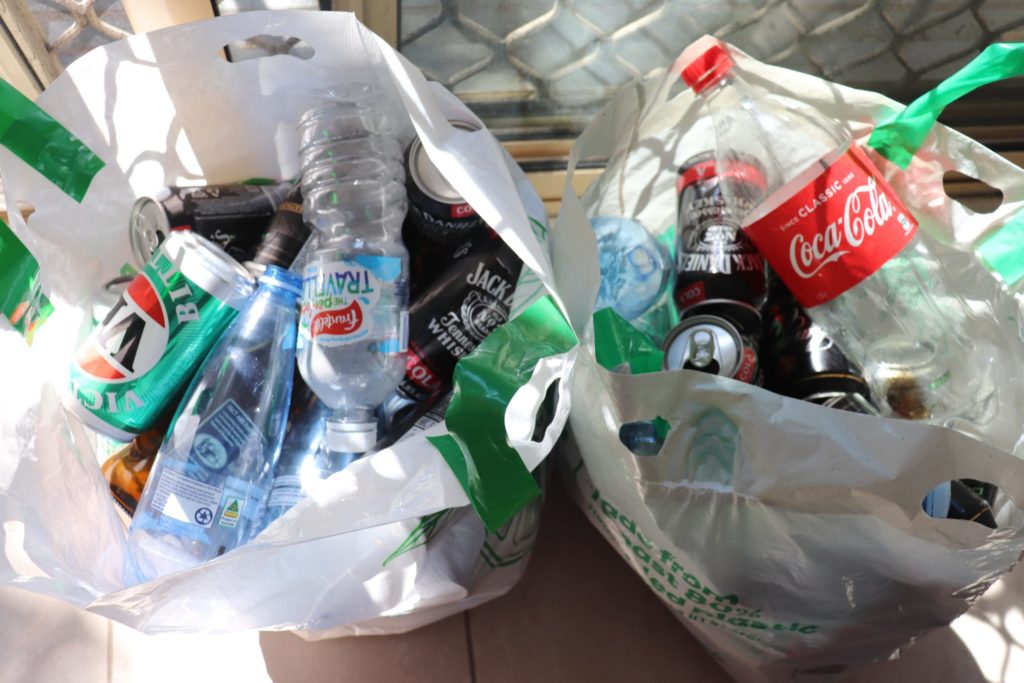Reviewed Work: “Association of Nonmedical Prescription Opioid Use With Subsequent Heroin Use Initiation in Adolescents”
To better understand the issue, from 2013 to 2017, Kelley-Quon and colleagues conducted a longitudinal study during which they followed a cohort of 3,298 students from 10 Los Angeles-area high schools. The study began by asking the ninth to twelfth-grade students, who at the time of the baseline assessment had never used heroin, about their use of non-medical prescription opioids, heroin and other drugs. The research team then conducted survey assessments every six months from the baseline for a total of 42 months and 8 points of data collection.
Overall, their findings supported prior associations between non-medical use of prescription opioids and heroin, as participants who misused prescription opioids were significantly and substantially more likely than their counterparts to start using heroin by the end of the eighth and final wave of data collection. Furthermore, the pattern was “graded,” meaning that risk for heroin use grew successively higher based upon whether the individual was a prior or current misuser of prescription opioids. When it came to other substances, including alcohol, tobacco, cannabis and nonopioid prescription drugs, correlations were present but substantially weaker.
With regard to these correlational findings, the study’s authors offer two possible explanations. First, they posit that individuals who are likely to misuse prescription opioids may simply be prone socially, psychologically or even genetically to also use heroin. Alternatively, since they were able to identify a temporal relationship, they also identified the possibility that non-medical use of prescription opioids directly increases the likelihood that teens will start using heroin. However, because the study is observational rather than experimental in design, the authors cannot draw any conclusions about causality.
The greatest strength of this study is its longitudinal design, as it is one of the only projects to examine this prospectively, allowing the authors to highlight temporal precedence. That is, they were able to confirm what many have suspected: Teens are more likely to start with prescription opioids than heroin. This directionality is further supported by the fact that only three participants used heroin prior to initiating prescription opioid misuse. A second benefit of the prospective design is that it reduces the likelihood of recall errors. Moreover, the study’s design allowed the researchers to follow students who might drop out of school before graduation or develop other risk factors that could preclude them from the in-school sampling that dominates most adolescent-focused drug survey research. This potentially provides them data on a broader swathe of the population.
And, while the study does have a handful of weaknesses (all of which the researchers acknowledge), only one risks detracting from the practical implications of the work: namely, that the surveys failed to ask about the teens’ medical use of prescription opioids. Because opioids can be effective painkillers for acute medical issues, providers continue to prescribe them to teens as well as adults. Accordingly, it is important to understand the extent to which adolescents’ medical use of prescription opioids might increase their risk of using heroin later.
Ultimately, Kelley-Quon et al.’s research fills a key gap in the literature and in doing so deepens our understanding of the relationship between non-medical use of prescription opioids and risk for heroin use among adolescents. This also helps us minimize harms to adolescents going forward because it presents a strong case for early intervention with any youth who are actively misusing or have previously misused prescription opioids. However, it also confirms the importance of trying to prevent that misuse to begin with. Since many young people get their first prescription opioids through family and friends, accessibility seems a good place to start. From a harm reduction perspective, this simply demonstrates the importance of providing the proper education to youth suspected of misusing prescription opioids, particularly about ways to reduce their risk for blood borne diseases and overdose.






